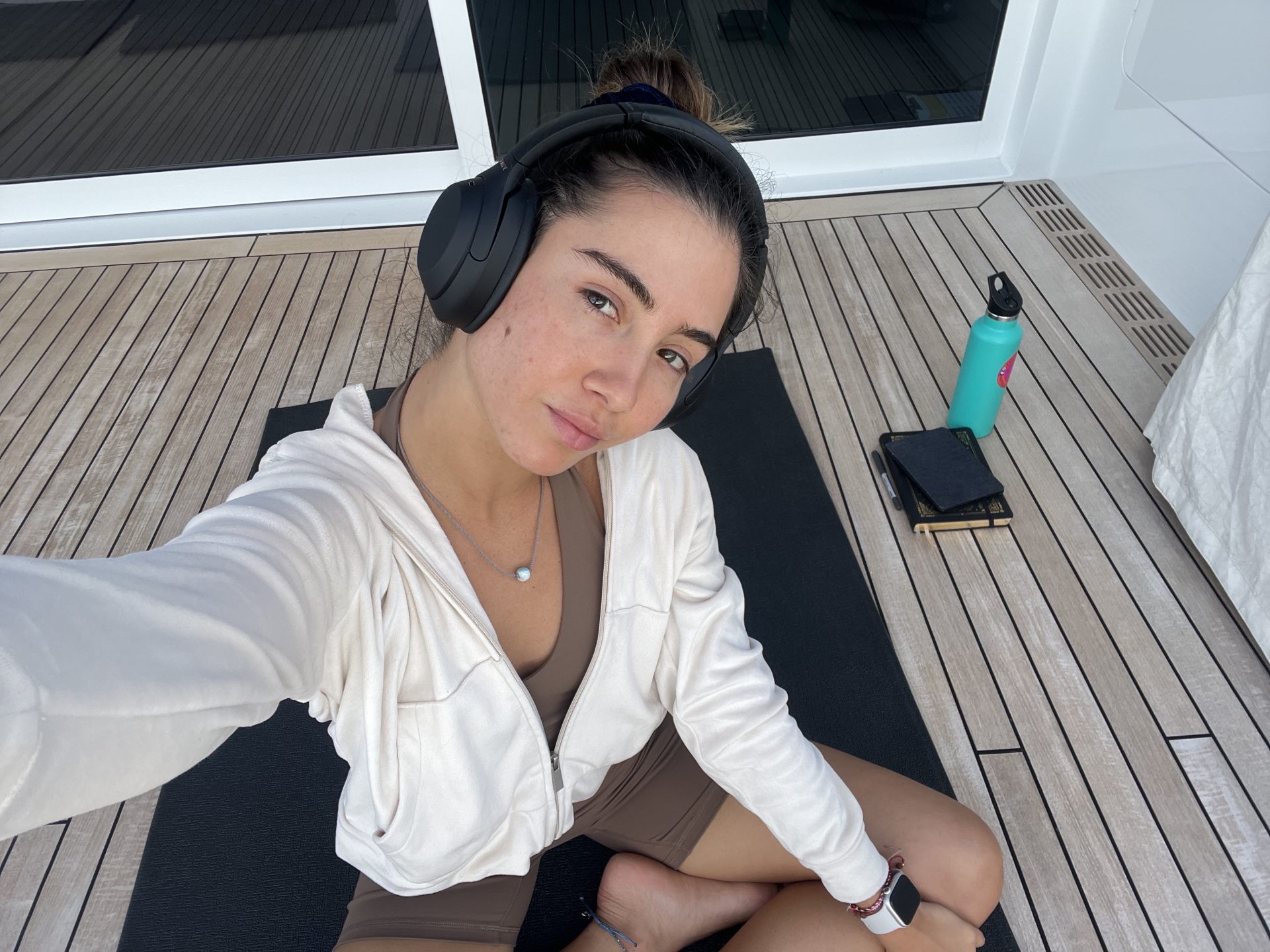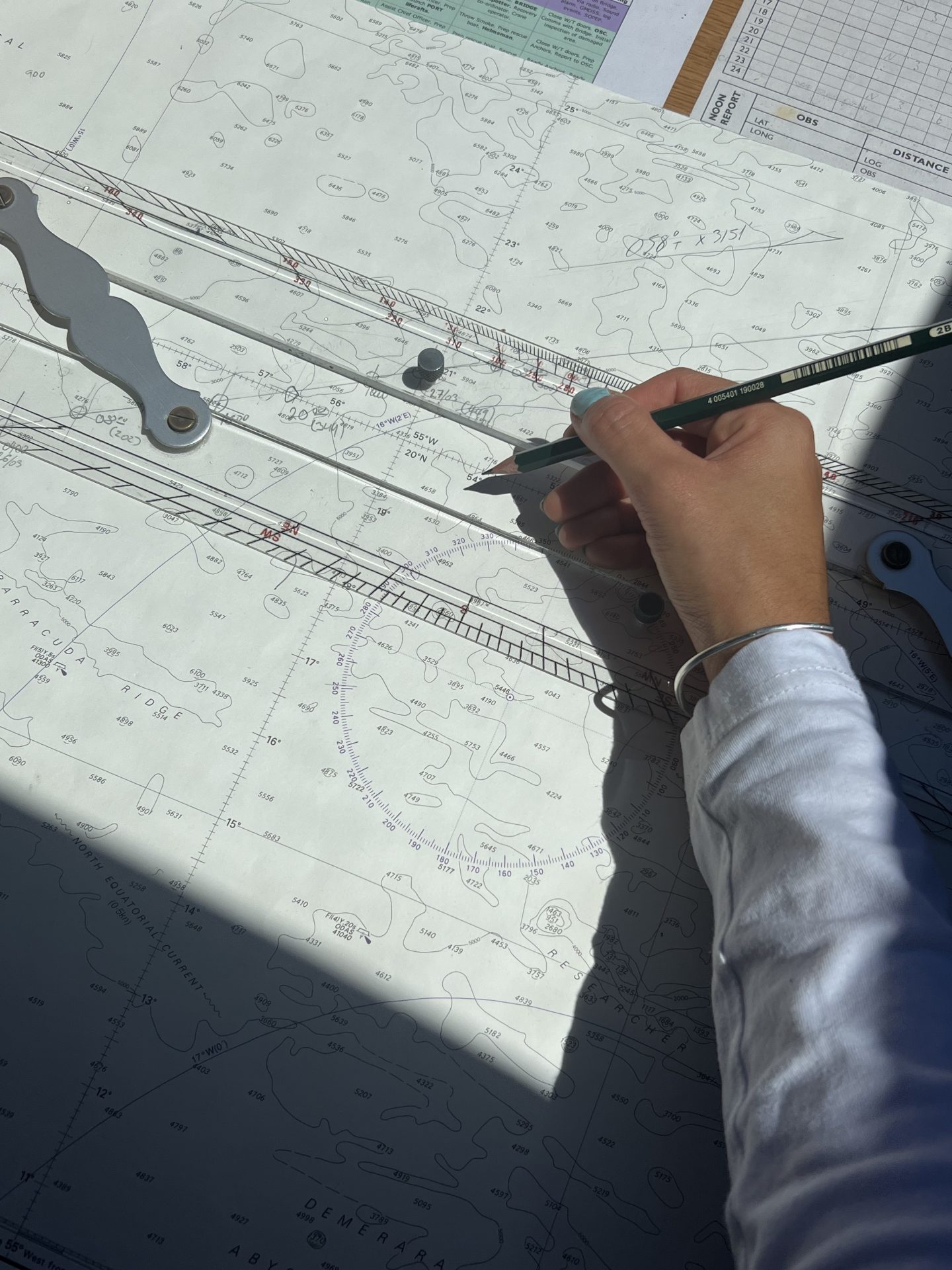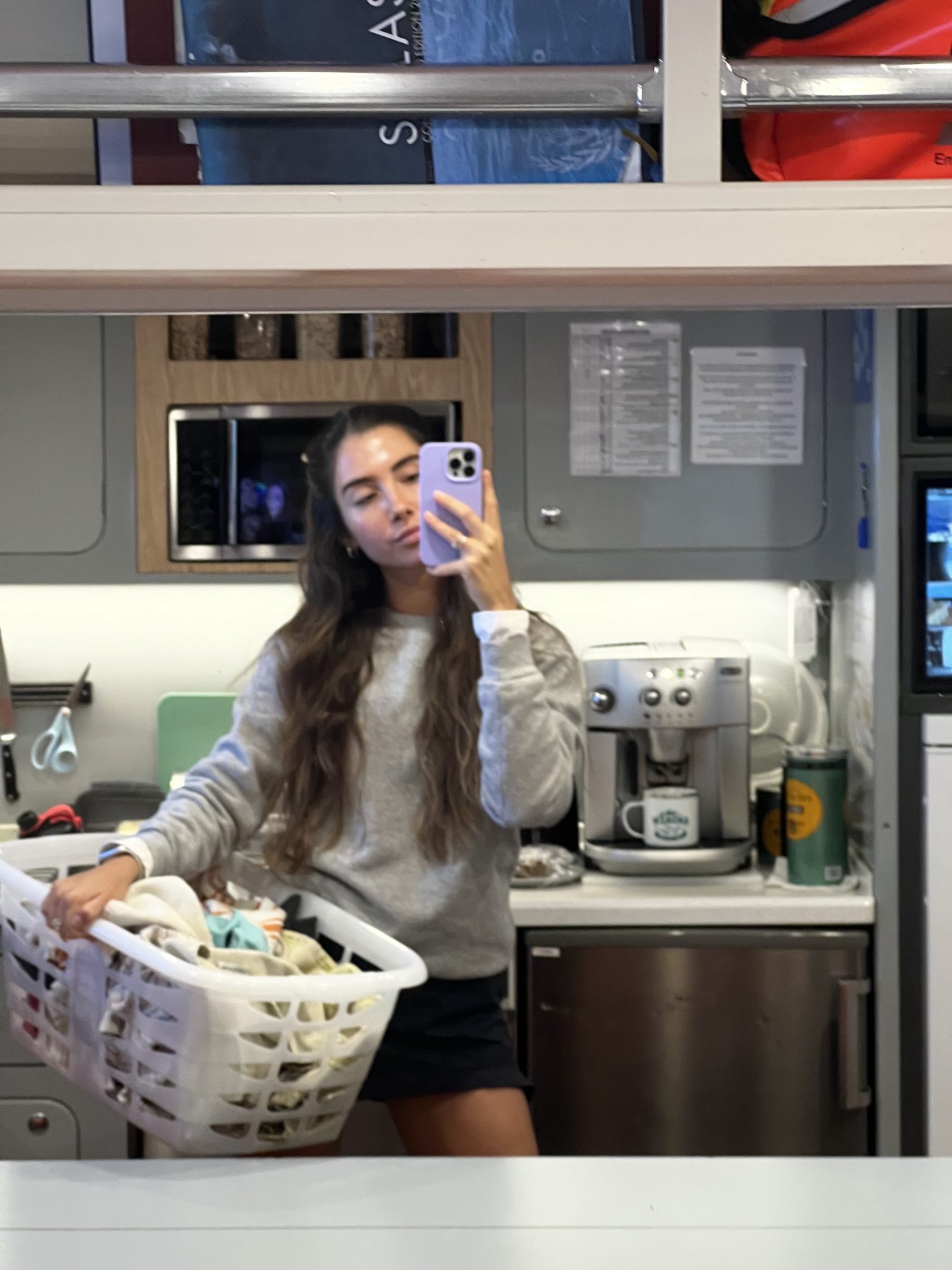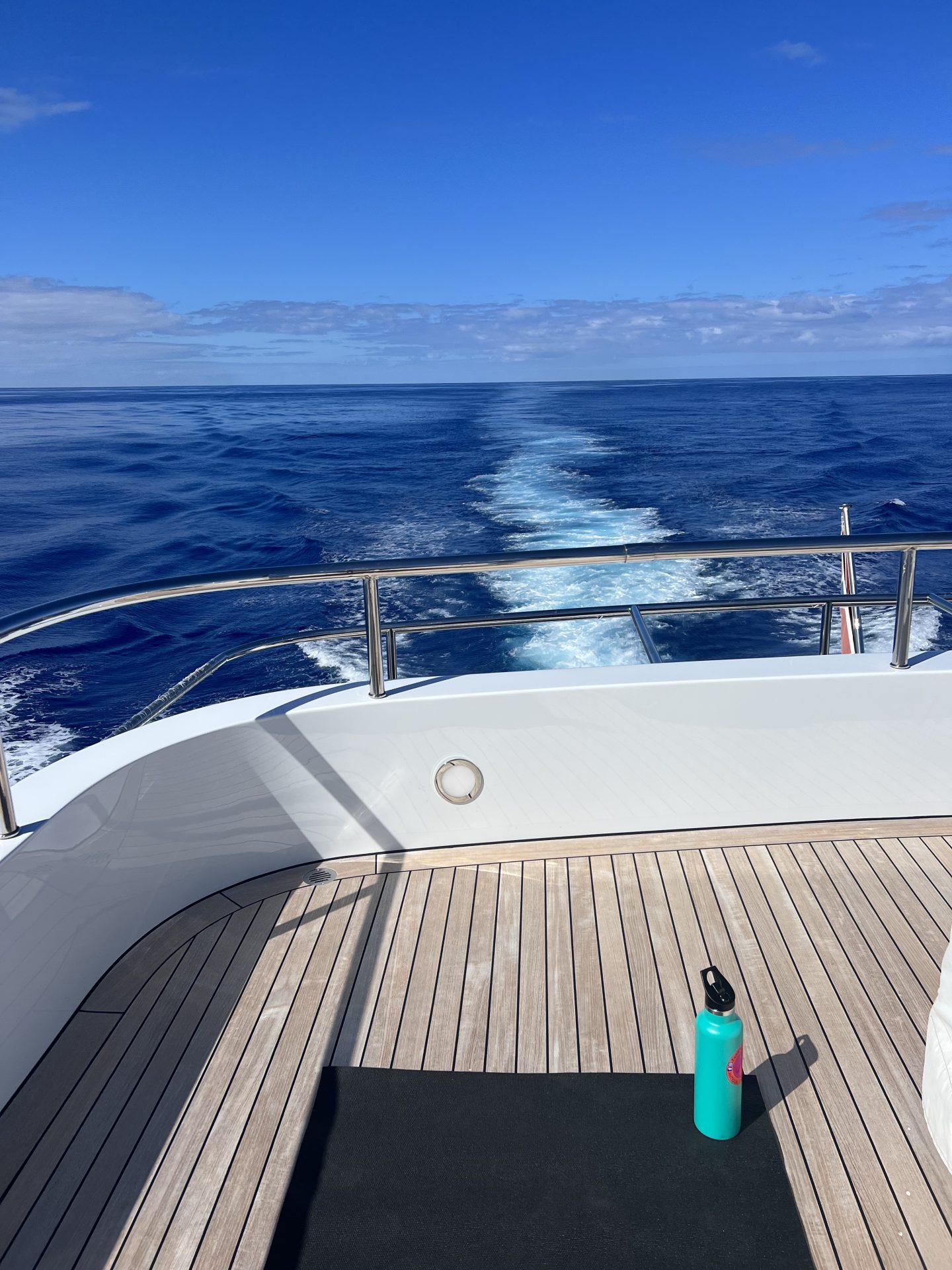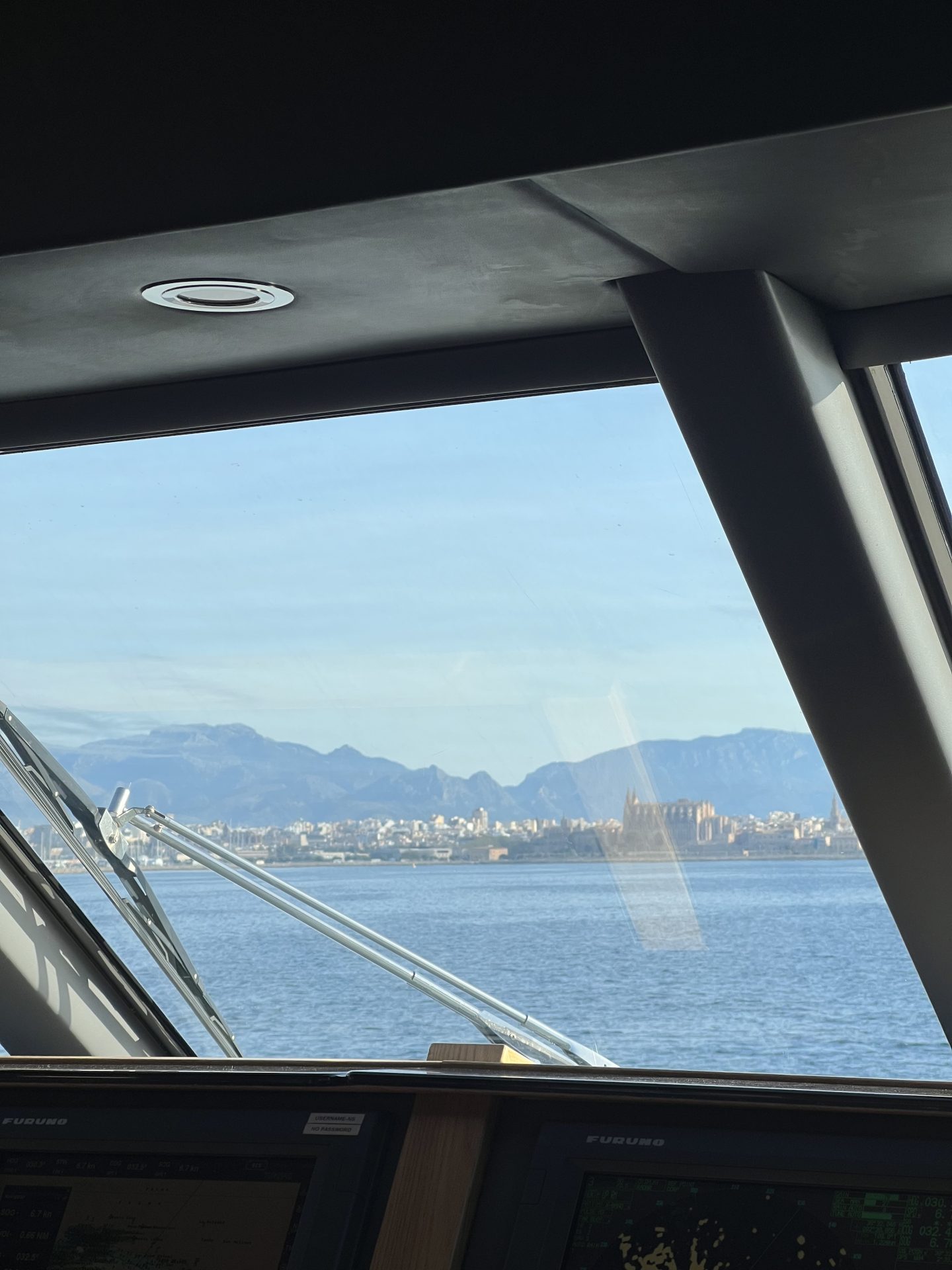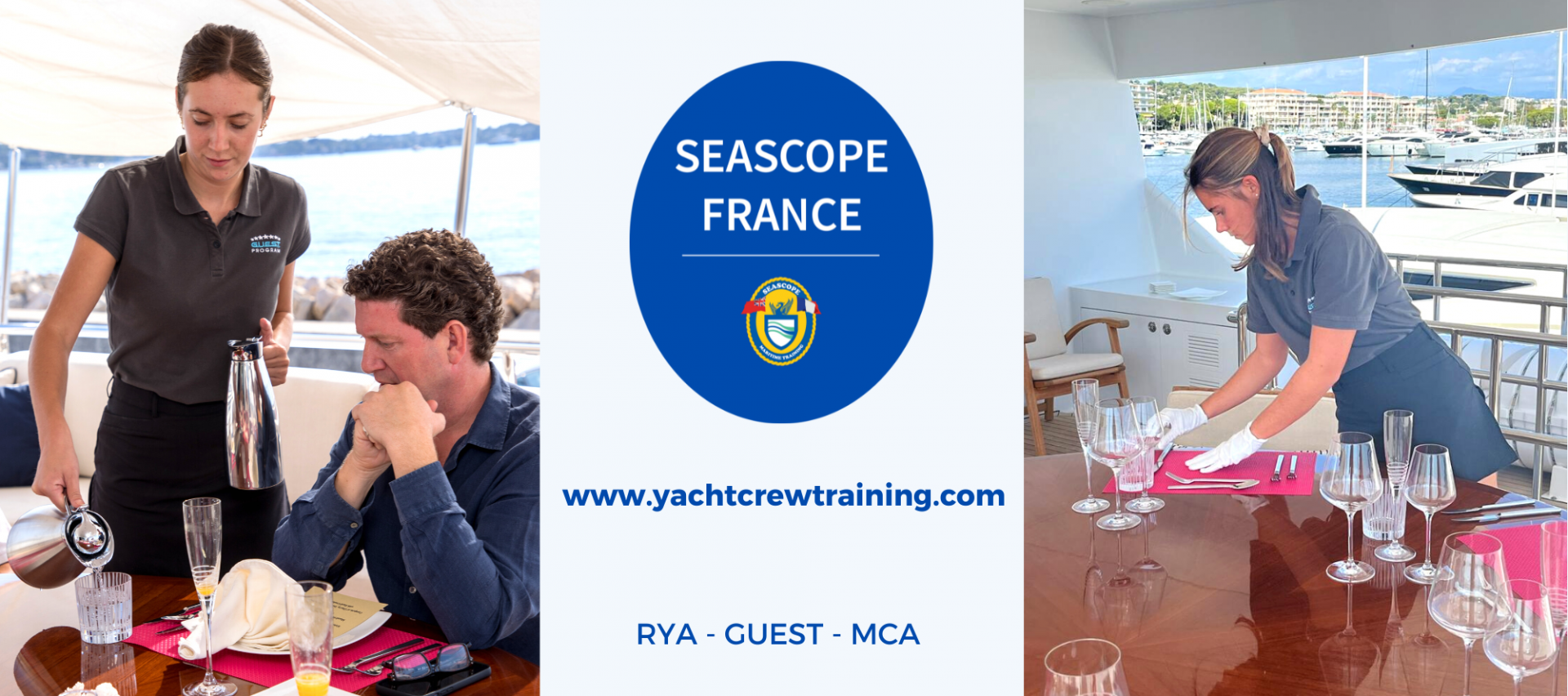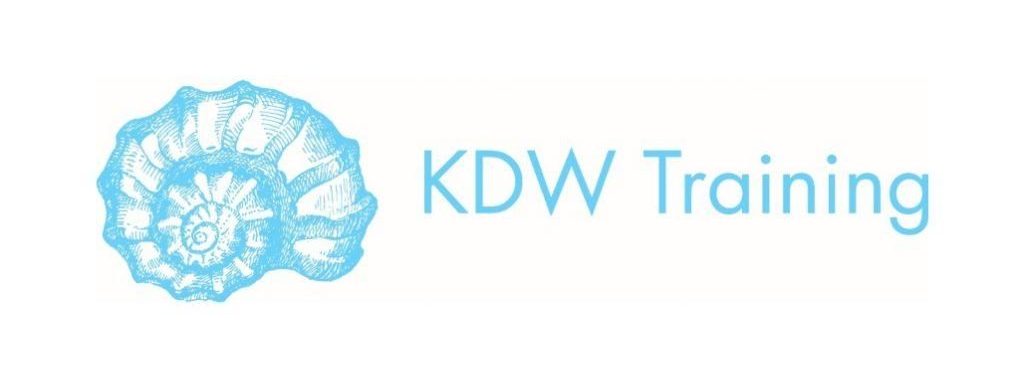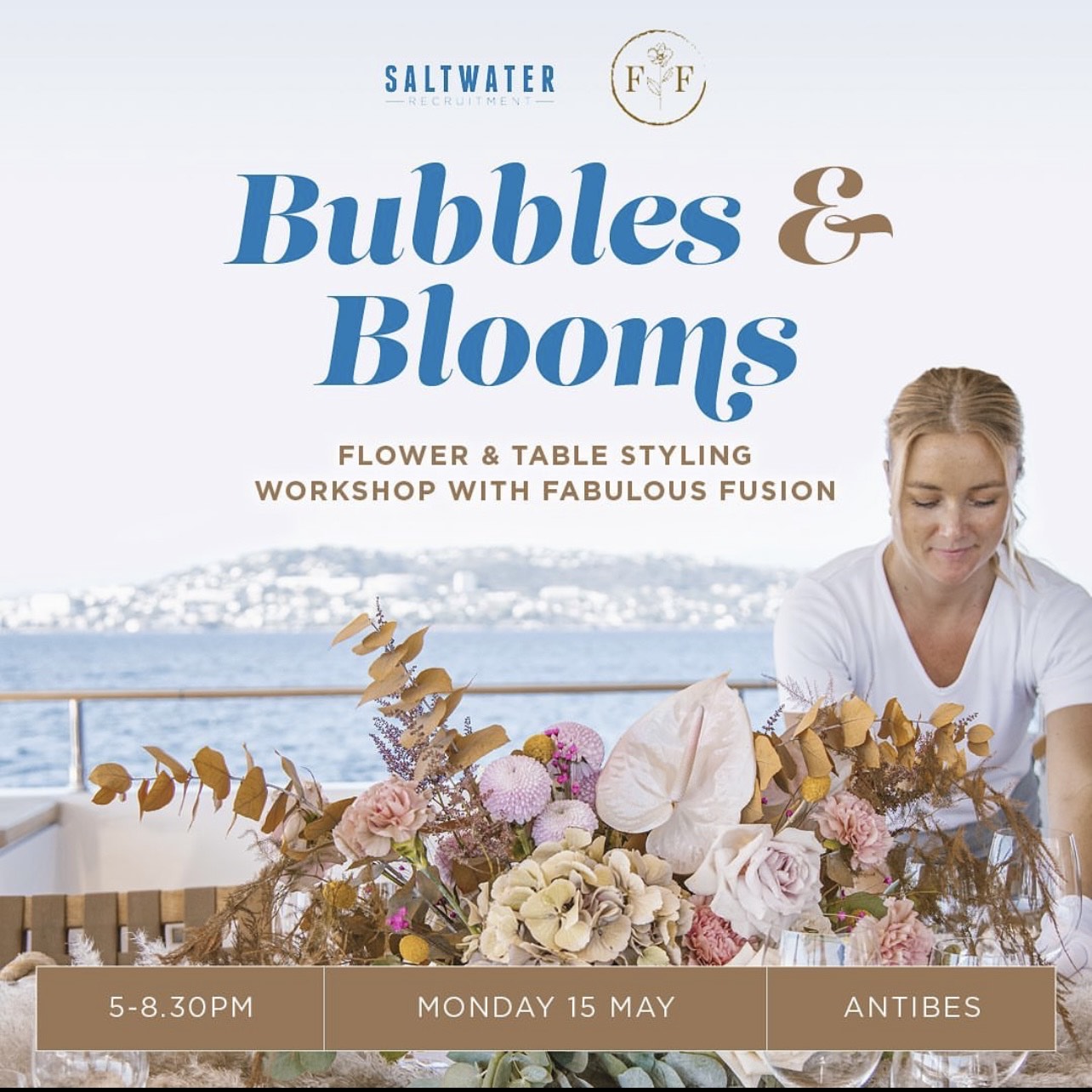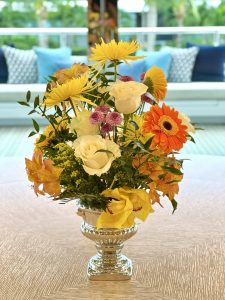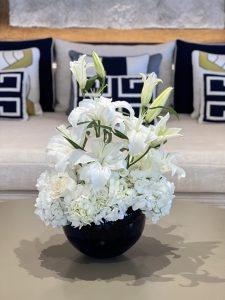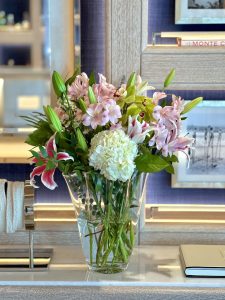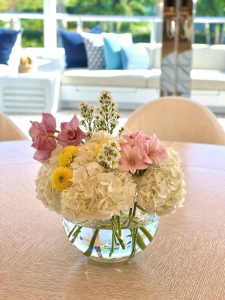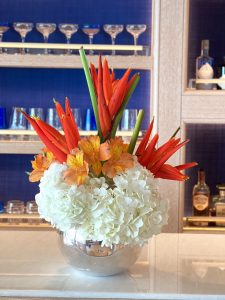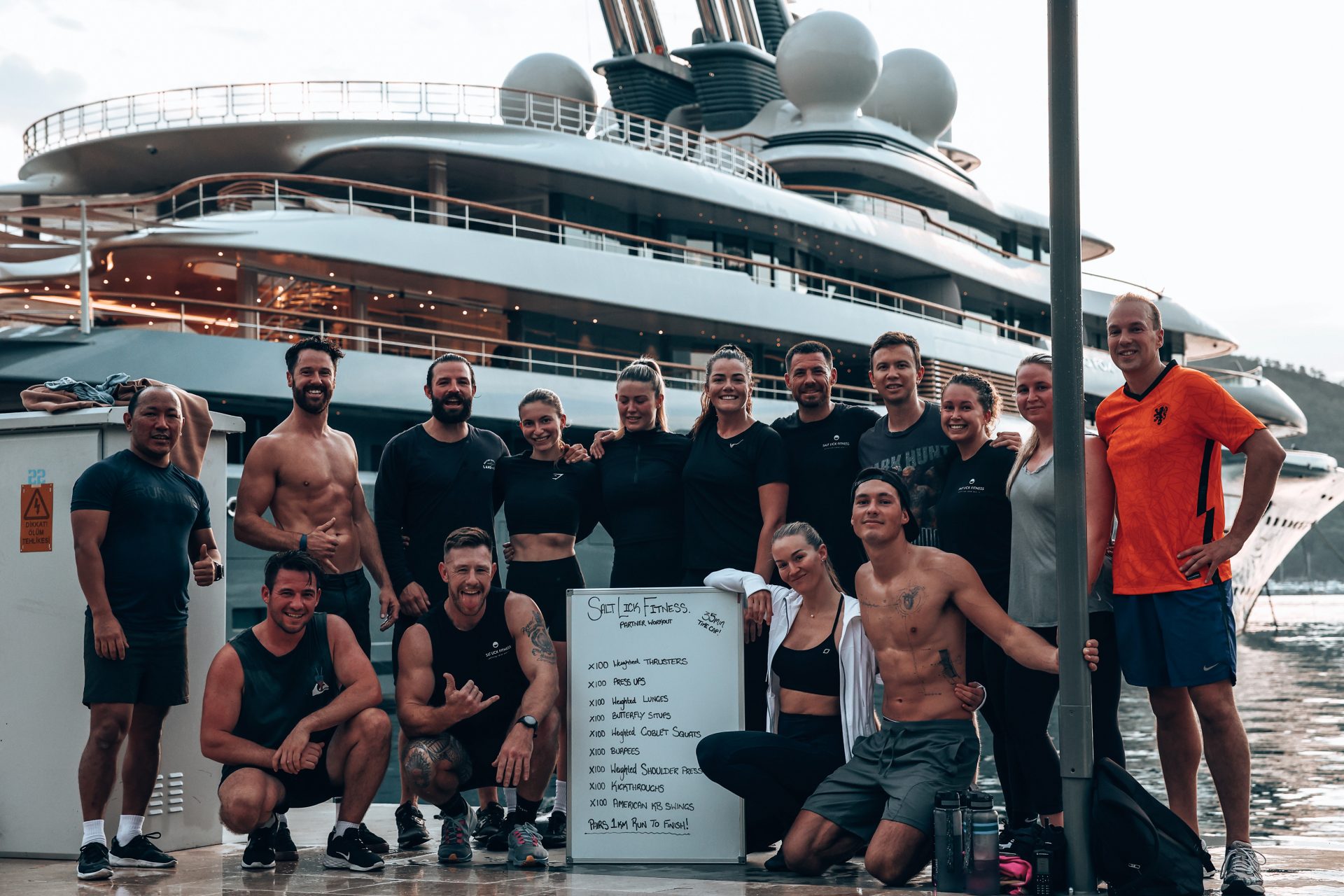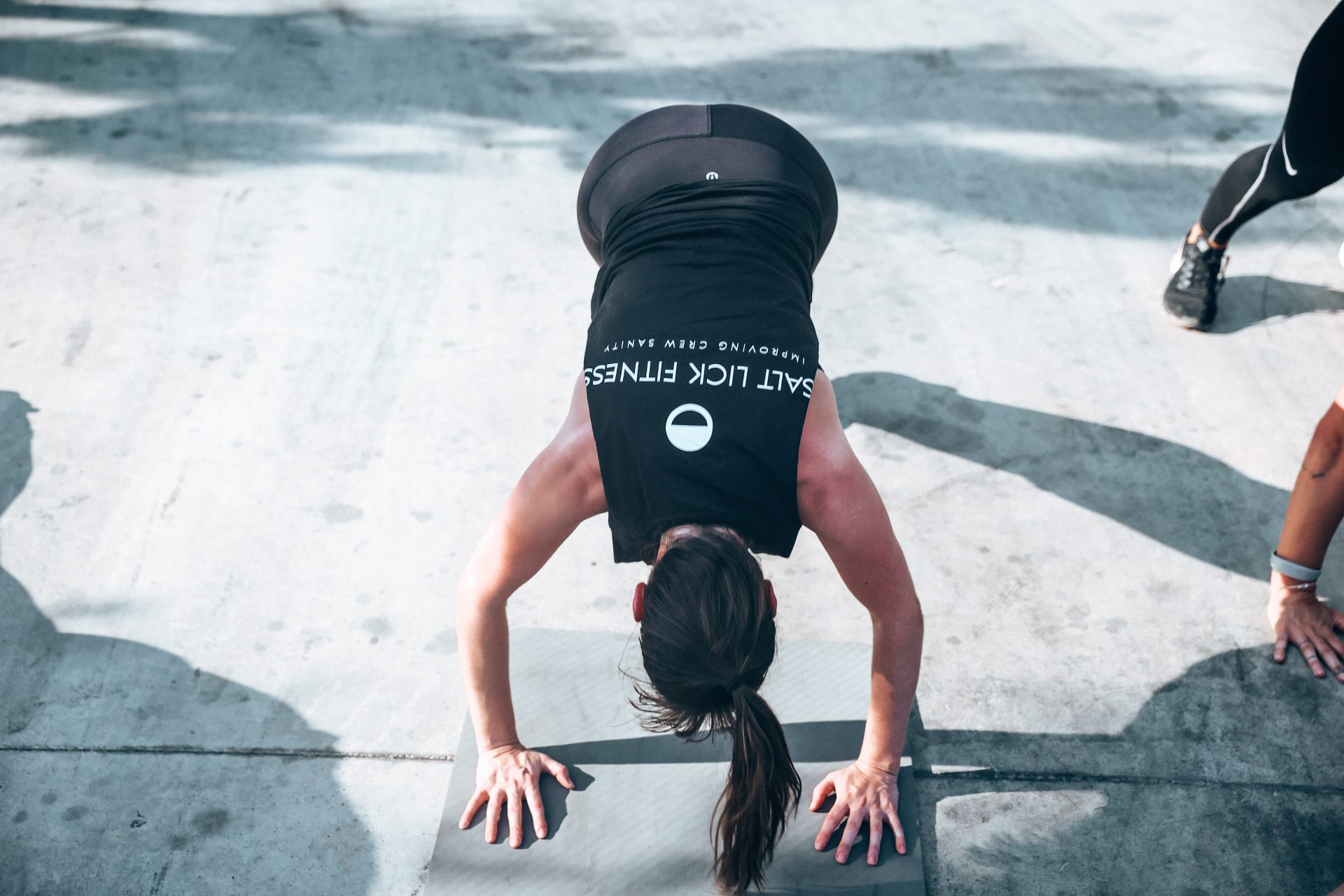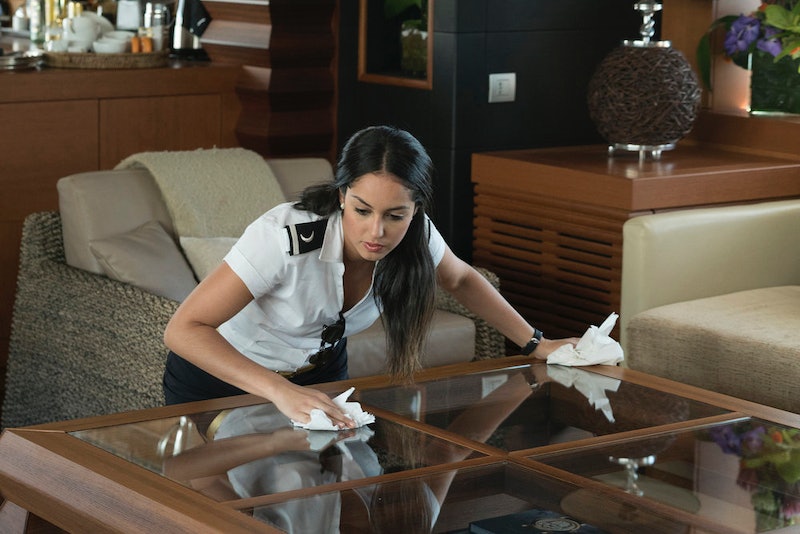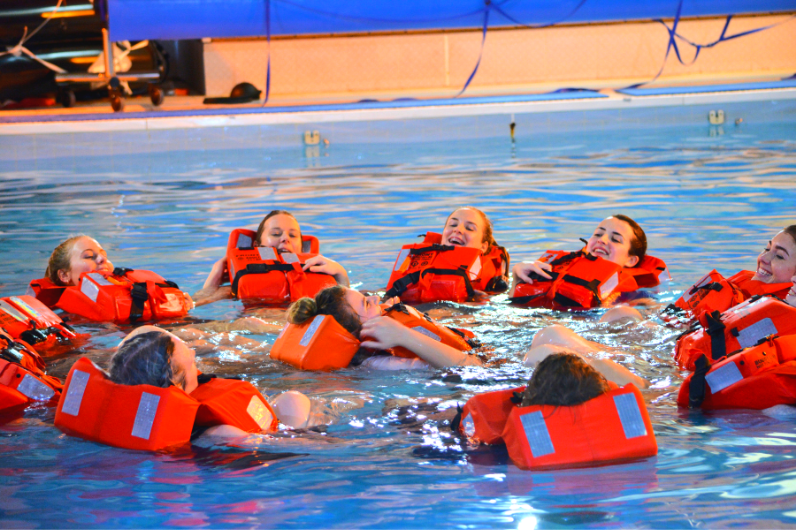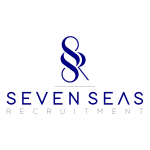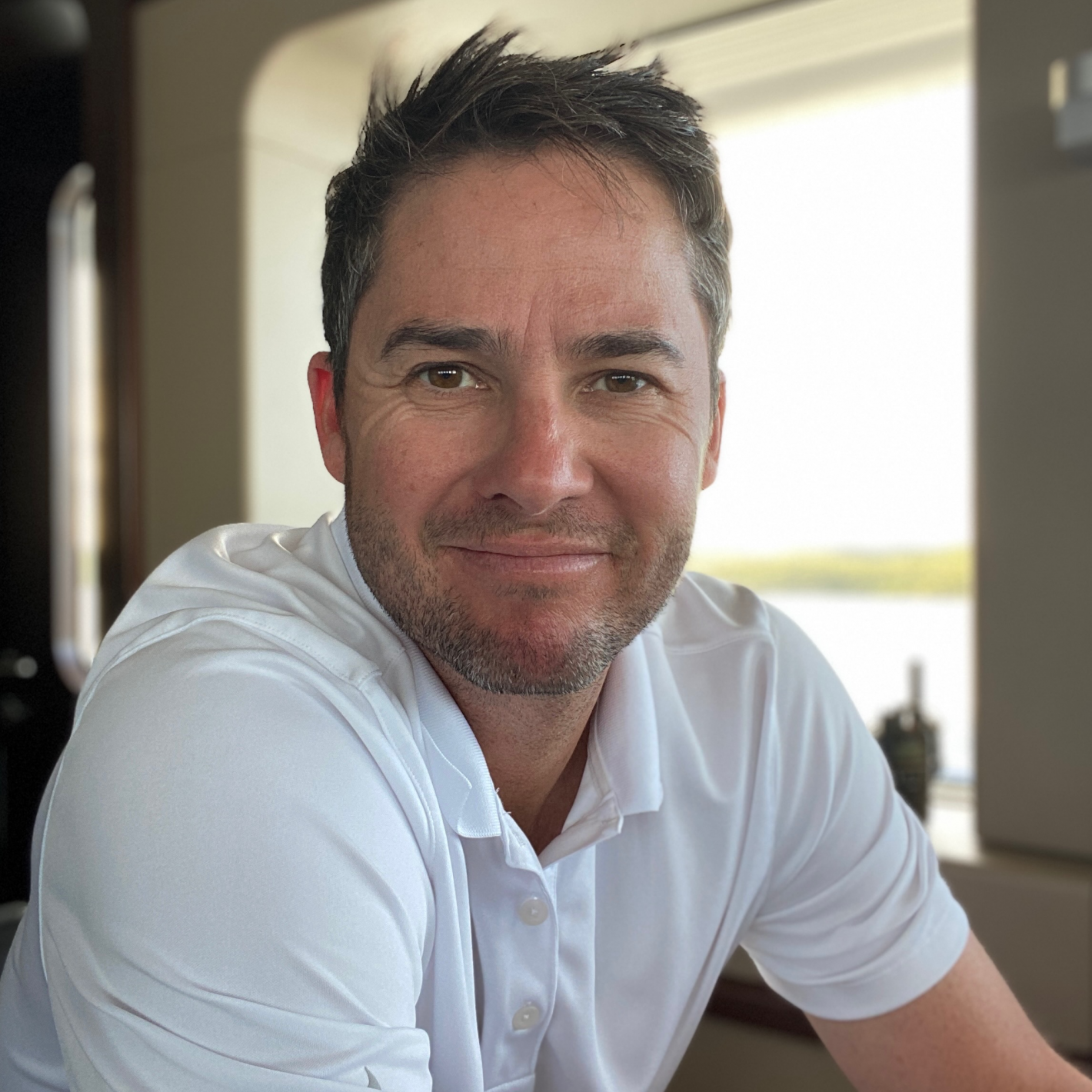The start-up Floatist, founded in February 2022, took team building to the next level with their recent offsite trip.
Offsites help deepen connections that lead to more inspired work and, ultimately, a stronger company culture. With remote working the new normal and with a team distributed across the world, Floatist recently took advantage of the founders’ sailing experience to host an offsite on a charter yacht in Croatia.
Ahead of their busy summer season, the 5-day charter boosted team morale and also helped the non-sailors gain a better and deeper understanding of the business, the industry problem they’re solving, and the needs of their users.
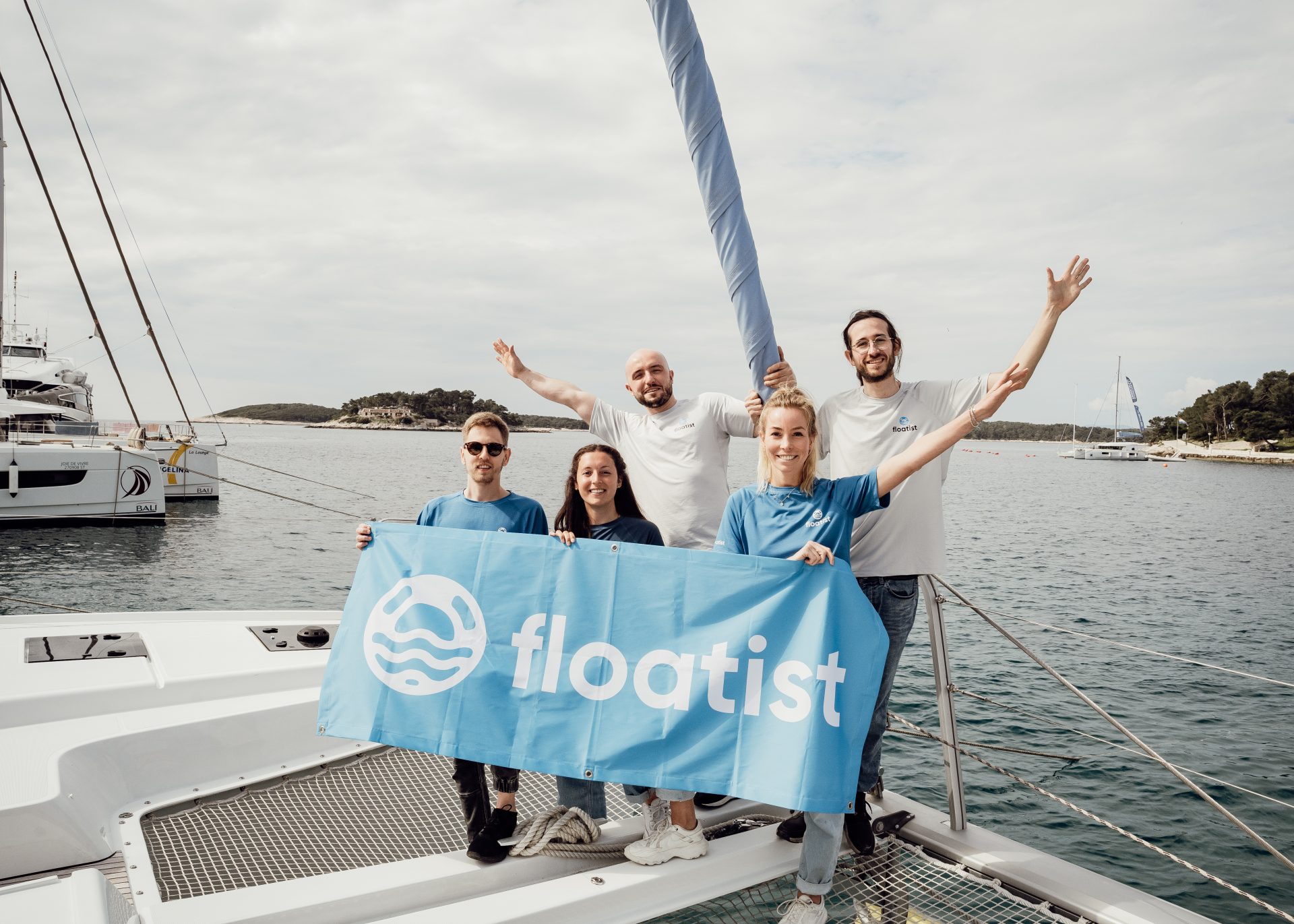
Floatist: A solution for the yacht charter market
Floatist is a SaaS company disrupting the yacht charter industry. They are solving the operational challenges that fleet operators and yacht charter companies face, in turn creating a better and more streamlined customer experience and organising back office operations.
The Floatist app provides a platform for clients and companies to use self-check-in and check-out, a tool for scheduling and tracking boat maintenance, and is integrated with various popular booking systems. From the beginning to the end of the guest’s chartering process, Floatist is on hand to support through its one-stop-shop support function. Although launched with their first customers less than a year ago, the startup already has 200 boats using the platform and is preparing for a very busy summer season ahead with plenty of new customers to support.
Team building at Floatist
Building a startup is tough and life can often feel like all work and no play. Creating a good and cohesive company culture and a sense of community is vital to success. Particularly for remote teams, where milestones (e.g. product launches, securing partnerships, hitting sales targets) are achieved remotely, regular team-building activities are an essential investment. Recognising this and despite being a relatively new company, the Floatist founders decided to invest in an offsite and put the wellbeing of their remote team at the top of their agenda.
But for Floatist, this trip was not just about building a team culture – it was also pivotal in showing the app developers exactly how the platform works in a real-time situation. The developers – some of whom had no sailing background – were able to experience what a yacht charter entails, and they were able to better understand the clear pain points that Floatist is answering. By actively using the app for the entire trip, they now better understand how well it works and where it can be improved – invaluable insights for future product and feature developments.
Floatist’s co-founder Cindy Allis wanted something different from the usual tried and tested offsite activities. Prior to launching Floatist, Cindy regularly worked as a skipper on charter yachts, and so she understood how a week onboard – exploring, living, sailing and eating together – has the power to unite people like almost nothing else. She decided that taking her team on a charter would be the perfect bonding activity and chose Croatia as one of Floatists’ biggest markets, where a significant portion of their clients are based.
Supported by their strong relationship with Navigare, a renowned yacht charter operator, Floatist was able to secure a five-day rental of a Lagoon 50 based out of Split. The entire team stepped aboard the catamaran with an itinerary covering the popular Croatian sailing hotspots of Split, Hvar, Trogir and Milna.
”Working remotely has many pros – however one of its challenges is the natural proximity you create when working in the same office space as your colleagues. Being able to share a yacht charter experience with the team was truly a relationship accelerator. If you’ve ever been on one you will know how intense and bonding it can be – in the best way possible. From meal preferences, breathtaking views, to swimming skills, everything becomes a conversation starter and an ice breaker. I could not recommend a team building event on a yacht more.” – Rebecca Florissi, Floatist Customer Success and Ops
Floatist’s future
The opportunity to use the product first-hand throughout the offsite trip helped to cement the teams’ vision and conviction that Floatist is truly revolutionising the yacht charter market through their technology. The team found the chartering process simple and quick from start to finish, and returned to their daily lives full of motivation and inspiration to continue building their product and answering the needs of their users.
“I believe that to be successful in the startup world, a team needs to understand and believe in the founders’ vision. Until now, the Floatist development team had little to no experience in chartering, and all of their industry knowledge came from Rebecca or me. The whole team now truly understands the problem statement we are solving, and they have experienced how our product adds value for our customers and their clients. Our sailing trip enabling this – whilst also being a great team building opportunity at the same time – made this an invaluable week.” – Cindy Allis, Floatist Co-Founder.
In a startup environment, both time and money are precious – and sometimes, founders can be tempted to focus on activities that deliver more immediate value. Whilst an offsite may not bring instant revenue, it develops a team’s productivity and builds a stronger company culture, which will pay off in the long term.
The app is playing a considerable role in the much-needed digitisation of the industry by offering solutions to improve internal communication between the client and charter company, providing support to clients through the app, keeping track of maintenance and providing data to analyse trends.
The future looks bright for Floatist as they continue to offer additional features through their app. The forthcoming months will see a few exciting features such as ultra-fast check-in, enabling clients to sign the contract and pay the deposit while still at home and the ability to order additional services via the app, such as water toys or even a grocery delivery service ready for when you step aboard. For the charter company, new features will be released imminently, such as inventory management.
Keep up to date with the latest Superyacht Content News, by signing up to our Newsletter: var gform;gform||(document.addEventListener("gform_main_scripts_loaded",function(){gform.scriptsLoaded=!0}),window.addEventListener("DOMContentLoaded",function(){gform.domLoaded=!0}),gform={domLoaded:!1,scriptsLoaded:!1,initializeOnLoaded:function(o){gform.domLoaded&&gform.scriptsLoaded?o():!gform.domLoaded&&gform.scriptsLoaded?window.addEventListener("DOMContentLoaded",o):document.addEventListener("gform_main_scripts_loaded",o)},hooks:{action:{},filter:{}},addAction:function(o,n,r,t){gform.addHook("action",o,n,r,t)},addFilter:function(o,n,r,t){gform.addHook("filter",o,n,r,t)},doAction:function(o){gform.doHook("action",o,arguments)},applyFilters:function(o){return gform.doHook("filter",o,arguments)},removeAction:function(o,n){gform.removeHook("action",o,n)},removeFilter:function(o,n,r){gform.removeHook("filter",o,n,r)},addHook:function(o,n,r,t,i){null==gform.hooks[o][n]&&(gform.hooks[o][n]=[]);var e=gform.hooks[o][n];null==i&&(i=n+"_"+e.length),gform.hooks[o][n].push({tag:i,callable:r,priority:t=null==t?10:t})},doHook:function(n,o,r){var t;if(r=Array.prototype.slice.call(r,1),null!=gform.hooks[n][o]&&((o=gform.hooks[n][o]).sort(function(o,n){return o.priority-n.priority}),o.forEach(function(o){"function"!=typeof(t=o.callable)&&(t=window[t]),"action"==n?t.apply(null,r):r[0]=t.apply(null,r)})),"filter"==n)return r[0]},removeHook:function(o,n,t,i){var r;null!=gform.hooks[o][n]&&(r=(r=gform.hooks[o][n]).filter(function(o,n,r){return!!(null!=i&&i!=o.tag||null!=t&&t!=o.priority)}),gform.hooks[o][n]=r)}});
/* = 0;if(!is_postback){return;}var form_content = jQuery(this).contents().find('#gform_wrapper_3');var is_confirmation = jQuery(this).contents().find('#gform_confirmation_wrapper_3').length > 0;var is_redirect = contents.indexOf('gformRedirect(){') >= 0;var is_form = form_content.length > 0 && ! is_redirect && ! is_confirmation;var mt = parseInt(jQuery('html').css('margin-top'), 10) + parseInt(jQuery('body').css('margin-top'), 10) + 100;if(is_form){jQuery('#gform_wrapper_3').html(form_content.html());if(form_content.hasClass('gform_validation_error')){jQuery('#gform_wrapper_3').addClass('gform_validation_error');} else {jQuery('#gform_wrapper_3').removeClass('gform_validation_error');}setTimeout( function() { /* delay the scroll by 50 milliseconds to fix a bug in chrome */ }, 50 );if(window['gformInitDatepicker']) {gformInitDatepicker();}if(window['gformInitPriceFields']) {gformInitPriceFields();}var current_page = jQuery('#gform_source_page_number_3').val();gformInitSpinner( 3, 'https://www.superyachtcontent.com/wp-content/plugins/gravityforms/images/spinner.svg', true );jQuery(document).trigger('gform_page_loaded', [3, current_page]);window['gf_submitting_3'] = false;}else if(!is_redirect){var confirmation_content = jQuery(this).contents().find('.GF_AJAX_POSTBACK').html();if(!confirmation_content){confirmation_content = contents;}setTimeout(function(){jQuery('#gform_wrapper_3').replaceWith(confirmation_content);jQuery(document).trigger('gform_confirmation_loaded', [3]);window['gf_submitting_3'] = false;wp.a11y.speak(jQuery('#gform_confirmation_message_3').text());}, 50);}else{jQuery('#gform_3').append(contents);if(window['gformRedirect']) {gformRedirect();}}jQuery(document).trigger('gform_post_render', [3, current_page]);gform.utils.trigger({ event: 'gform/postRender', native: false, data: { formId: 3, currentPage: current_page } });} );} );
/* ]]> */


